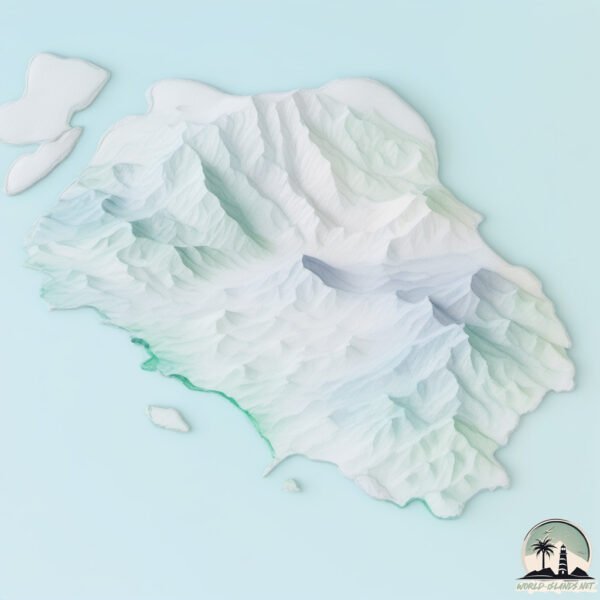Penida

Welcome to Penida, a Tropical island in the Bali Sea, part of the majestic Pacific Ocean. This guide offers a comprehensive overview of what makes Penida unique – from its geography and climate to its population, infrastructure, and beyond. Dive into the details:
- Geography and Size: Explore the island’s size and location.
- Climate and Weather: Weather patterns and temperature.
- Topography and Nature: Uncover the natural wonders of the island.
- Infrastructure and Travelling: Insights on reaching, staying, and making the most of your visit.
- News and Headlines: Latest News.
Geography and size of Penida
Size: 196.9 km²
Coastline: 71.7 km
Ocean: Pacific Ocean
Sea: Bali Sea
Continent: Asia
Penida is a Large Island spanning 197 km² with a coastline of 72 km.
Archipel: Malay Archipelago – The world’s largest archipelago, located between mainland Southeast Asia and Australia, known for its immense biodiversity and cultural diversity.
Tectonic Plate: North America – Covers North America and parts of the Atlantic and Arctic Oceans, characterized by diverse geological features and varying levels of seismic activity.
The geographic heart of the island is pinpointed at these coordinates:
Latitude: -8.73864729 / Longitude: 115.54181314
Climate and weather of Penida
Climate Zone: Tropical
Climate Details: Tropical Monsoon Climate
Temperature: Hot
Climate Characteristics: Characterized by heavy rainfall, high humidity, and uniformly high temperatures, but with a distinct short dry season. It features a seasonal reversal of prevailing wind directions.
Topography and nature of Penida
Timezone: UTC+08:00
Timezone places: Australia/Perth
Max. Elevation: 480 m
Mean Elevation: 210 m
Vegetation: Agricultural Mosaic
Tree Coverage: 24%
The mean elevation is 210 m. The highest elevation on the island reaches approximately 480 meters above sea level. The island is characterized by Hills: Gently sloping landforms with rounded tops, having a maximum elevation between 200 and 500 meters. Hills contribute to a varied landscape on islands.
Dominating Vegetation: Agricultural Mosaic
A mix of cropland and natural vegetation, often seen in rural landscapes where agricultural fields are interspersed with patches of natural habitats. Penida has a tree cover of 24 %.
Vegetation: 10 vegetation zones – Very Highly Diverse Island
Islands in this range are ecological powerhouses, showcasing a wide array of vegetation zones. Each zone, from lush rainforests to arid scrublands, coastal mangroves to mountainous regions, contributes to a complex and interdependent ecosystem. These islands are often hotspots of biodiversity, supporting numerous species and intricate ecological processes.
Infrastructure and Travelling to Penida
Does the island have a public airport? no.
There is no public and scheduled airport on Penida. The nearest airport is Ngurah Rai (Bali) International Airport, located 31 km away.
Does the island have a major port? no.
There are no major ports on Penida. The closest major port is BENOA, approximately 26 km away.
The mean population of Penida is 593 per km². Penida is Densely Populated. The island belongs to Indonesia.
Continuing your journey, Bali is the next notable island, situated merely km away.
Indonesia is classified as Emerging region: MIKT: Mexico, Indonesia, South Korea, and Turkey – Economies recognized for their development potential and emerging market status. The level of income is Lower middle income.
News – Latest Updates and Headlines from Penida
Stay informed with the most recent news and important headlines from Penida. Here’s a roundup of the latest developments.
Please note: The data used here has been primarily extracted from satellite readings. Deviations from exact values may occur, particularly regarding the height of elevations and population density. Land area and coastline measurements refer to average values at mean high tide.
